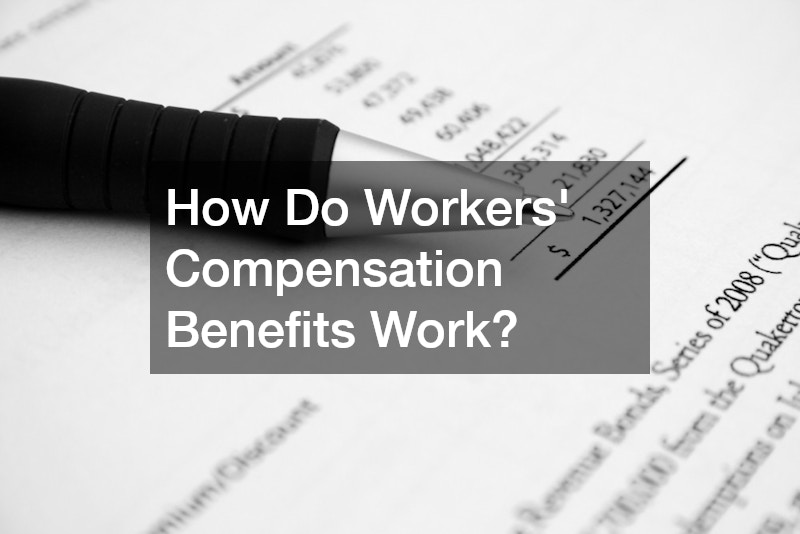Workers’ compensation is a system designed to provide financial protection and medical benefits to employees who are injured or become ill as a result of their job. These benefits help cover medical expenses, lost wages, and rehabilitation costs, ensuring that employees can focus on recovery without the added burden of financial stress. Understanding how workers’ compensation benefits work is essential for both employers and employees. Here’s a breakdown of the key aspects of workers’ compensation.
1. Eligibility for Workers’ Compensation
Workers’ compensation benefits are available to employees who suffer work-related injuries or illnesses. This can include accidents that occur in the workplace, repetitive stress injuries (such as carpal tunnel syndrome), or illnesses caused by exposure to hazardous materials. Most employees, regardless of their industry, are eligible for workers’ compensation as long as the injury or illness is directly related to their job.
It’s important to note that independent contractors or freelance workers may not be eligible for workers’ compensation, depending on the nature of their employment and local laws.
2. Types of Benefits
Workers’ compensation typically covers several key areas:
Medical Expenses: Workers’ compensation pays for necessary medical treatments related to the injury or illness, including doctor visits, surgeries, physical therapy, and prescription medications.
Lost Wages: If an injury prevents an employee from working, they may be eligible for wage replacement. Generally, this is a portion of the employee’s usual income, often around two-thirds of their regular pay, up to a certain limit.
Disability Benefits: Workers who are permanently or temporarily disabled due to a work-related injury can receive disability benefits. These are typically divided into temporary total disability, permanent partial disability, and permanent total disability, depending on the severity of the injury.
Rehabilitation Services: In cases where an injury requires long-term recovery or retraining for a new job, workers’ compensation may cover vocational rehabilitation services to help the injured employee return to work.
Death Benefits: If a worker dies as a result of a work-related injury or illness, workers’ compensation may provide benefits to the surviving family members, including funeral expenses and financial support.
3. Filing a Workers’ Compensation Claim
To receive workers’ compensation benefits, employees must report their injury or illness to their employer as soon as possible. The employer will then file a claim with their workers’ compensation insurance provider. Once the claim is filed, the insurance company will evaluate the case and determine whether the employee is eligible for benefits.
4. Dispute Resolution
If a workers’ compensation claim is denied or if there is a disagreement over the benefits provided, employees can appeal the decision. This process often involves a workers’ compensation board or a legal hearing to resolve disputes.
.

